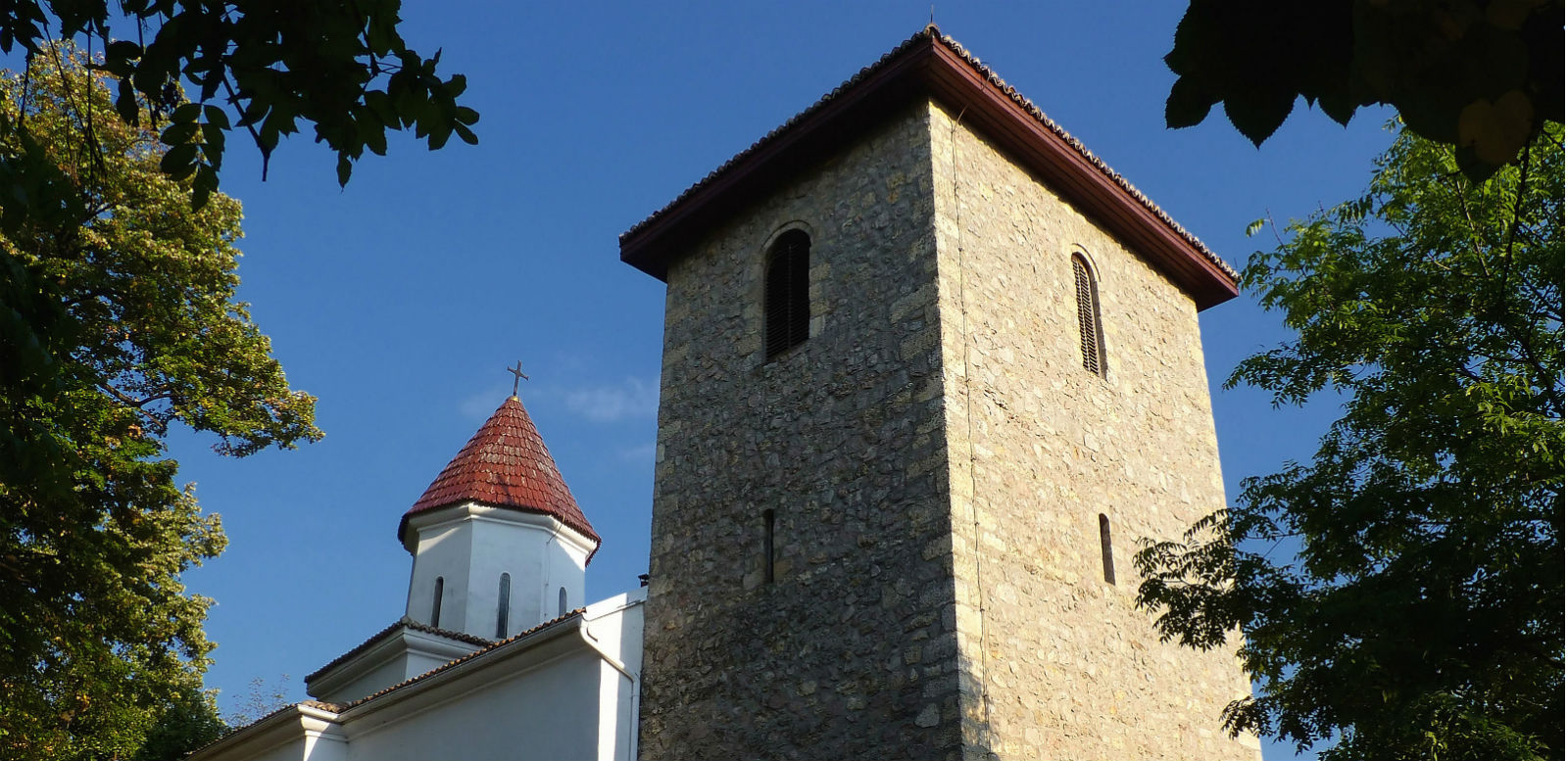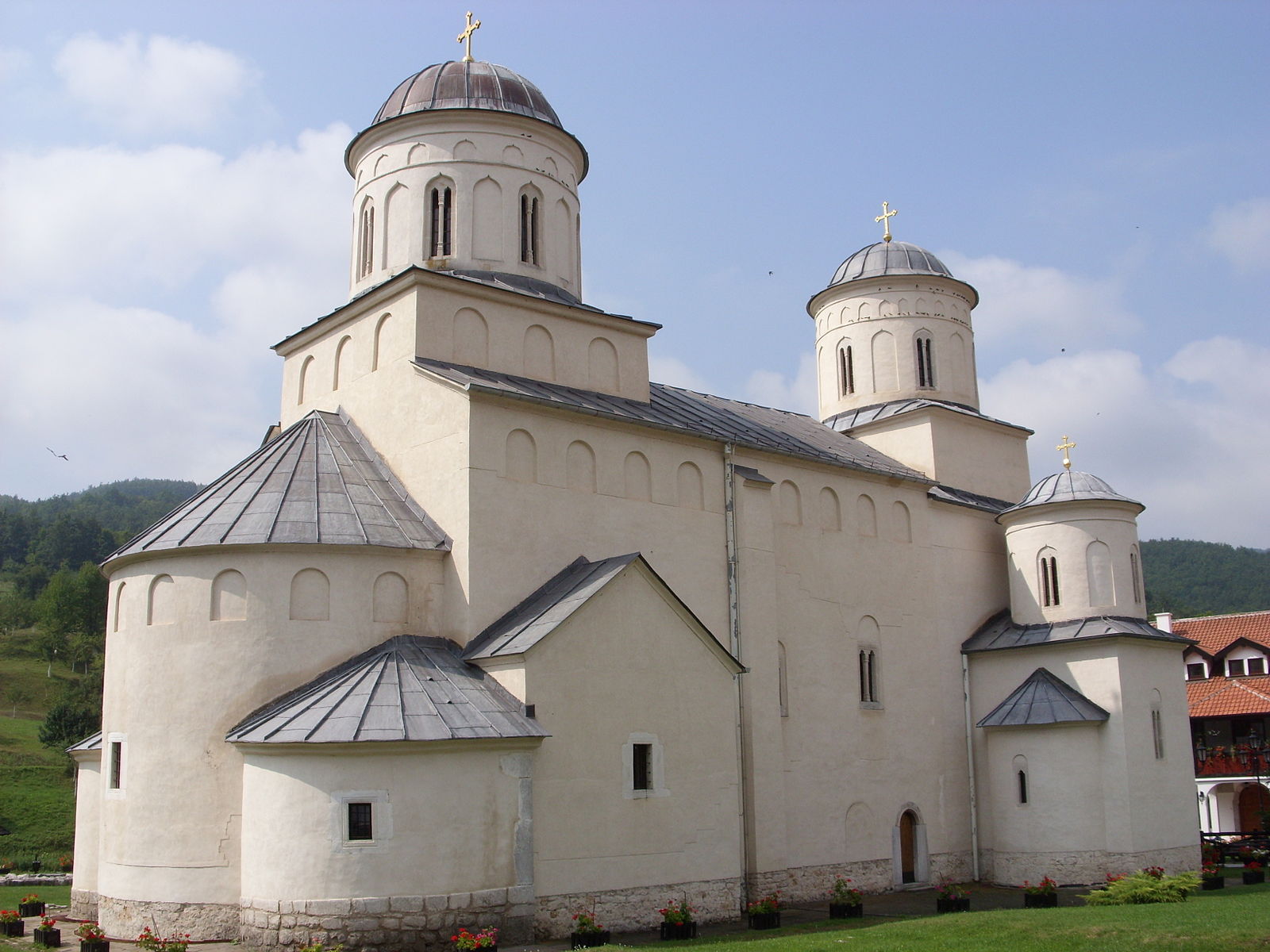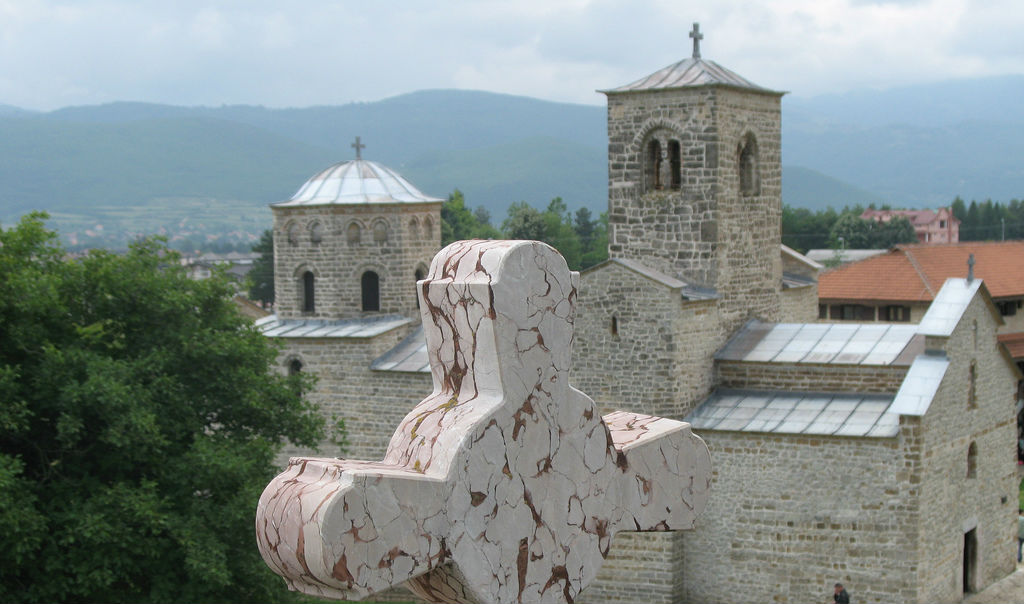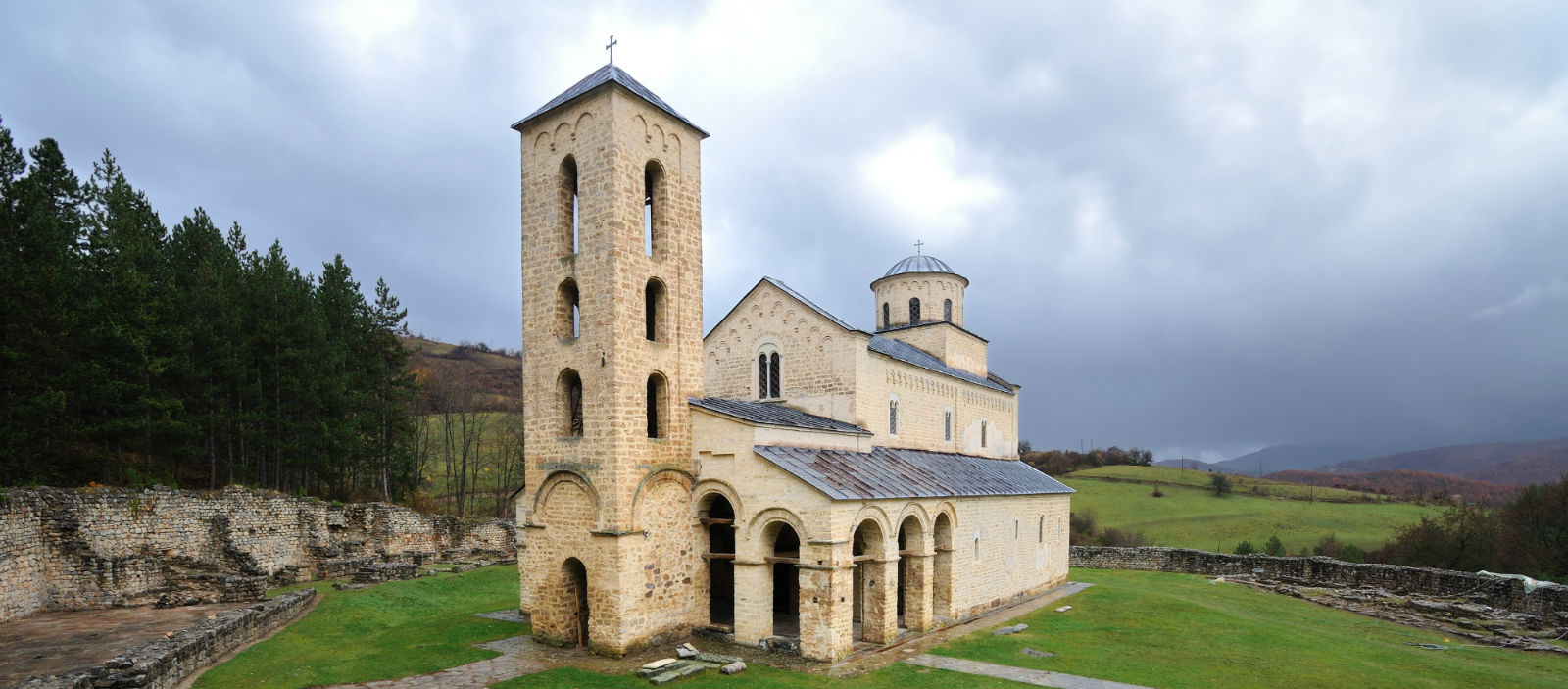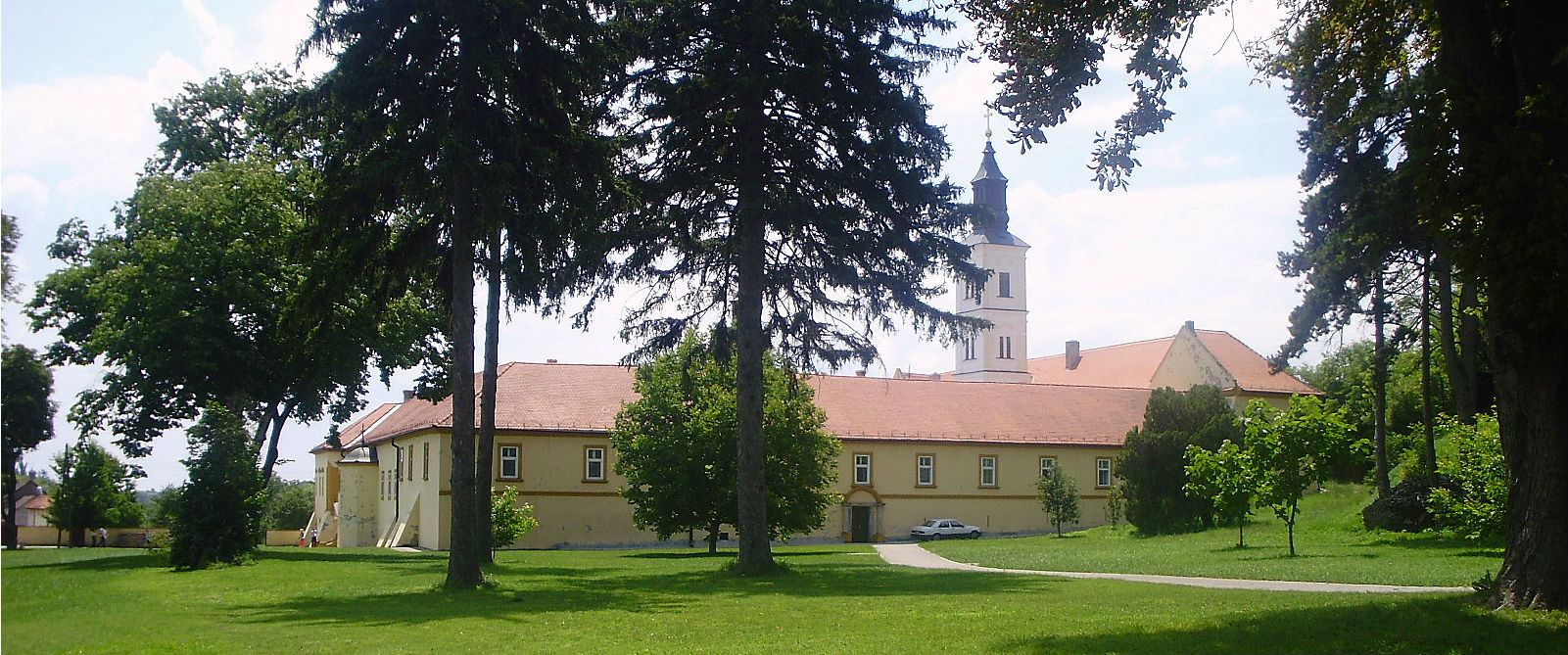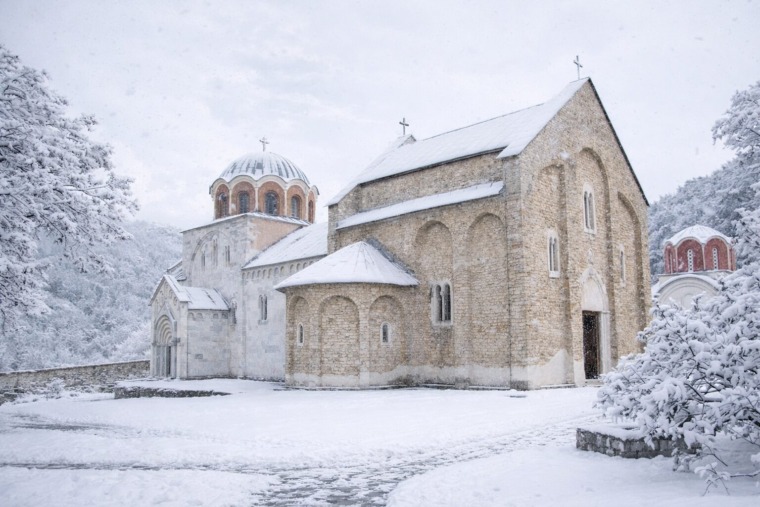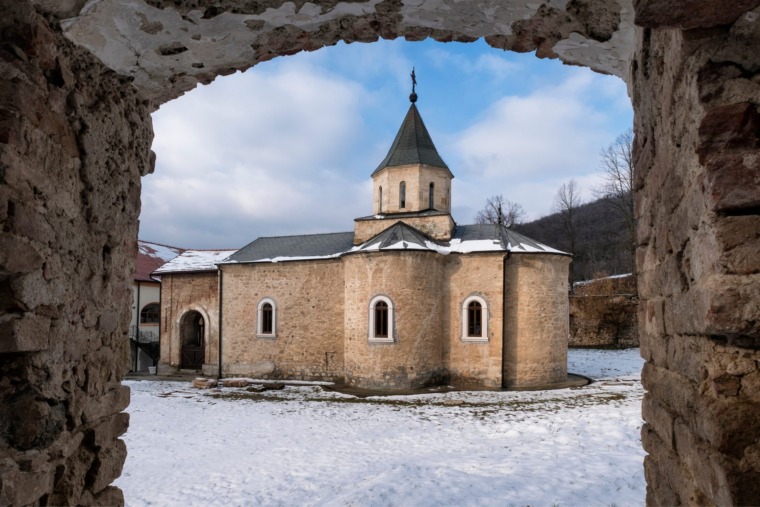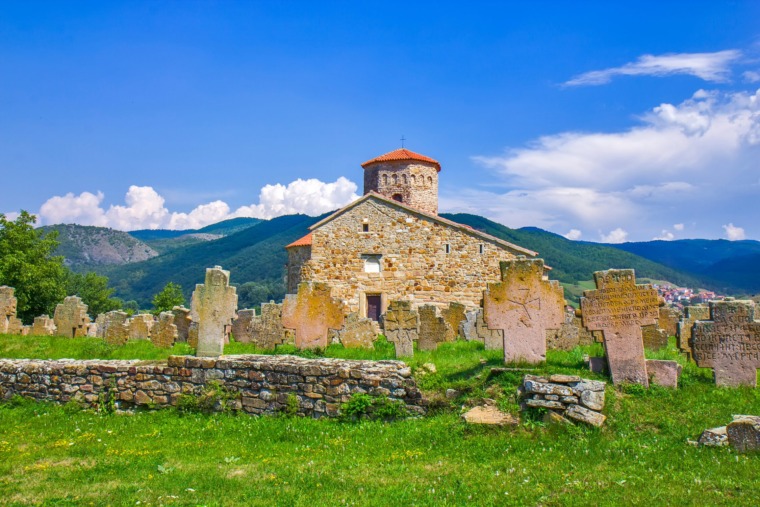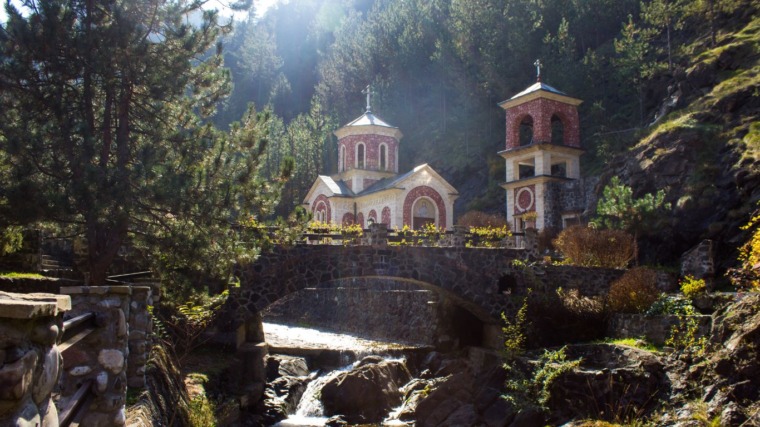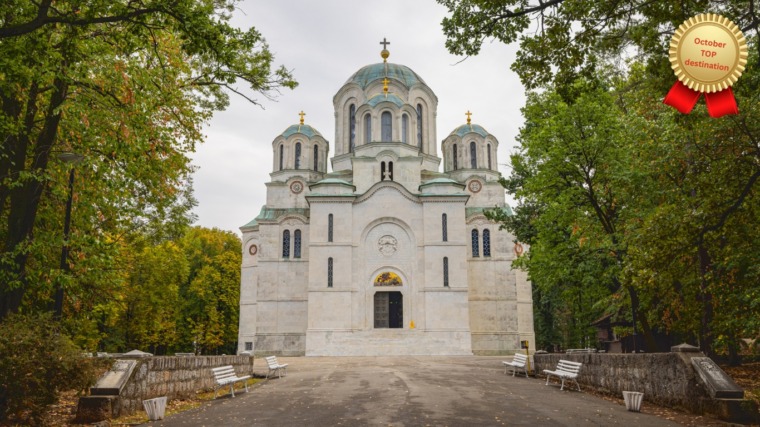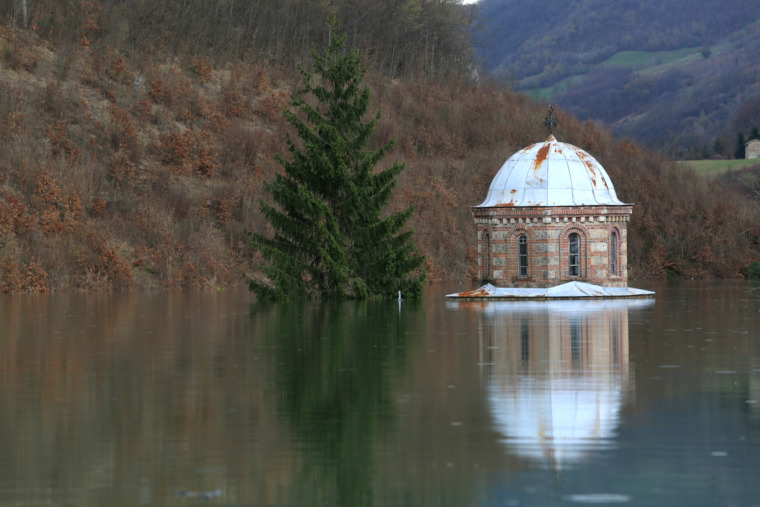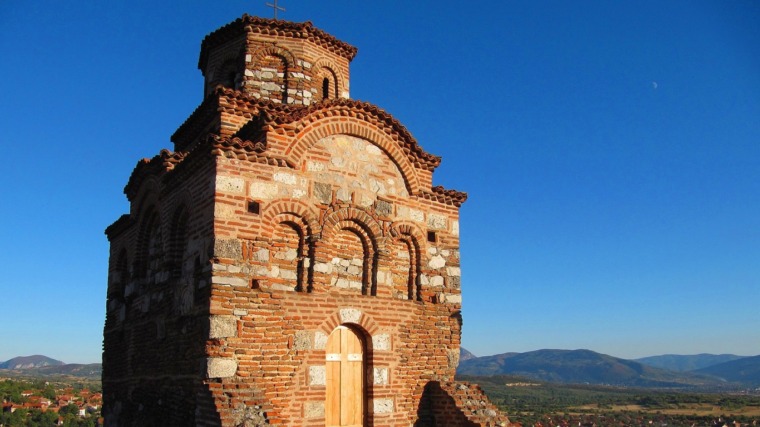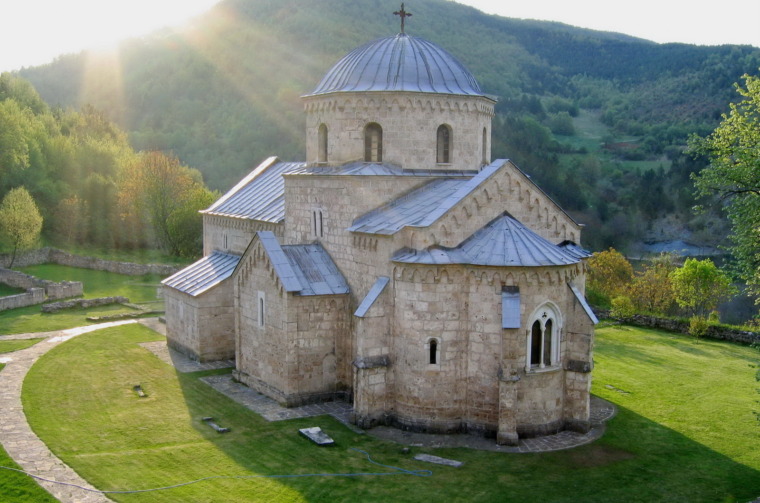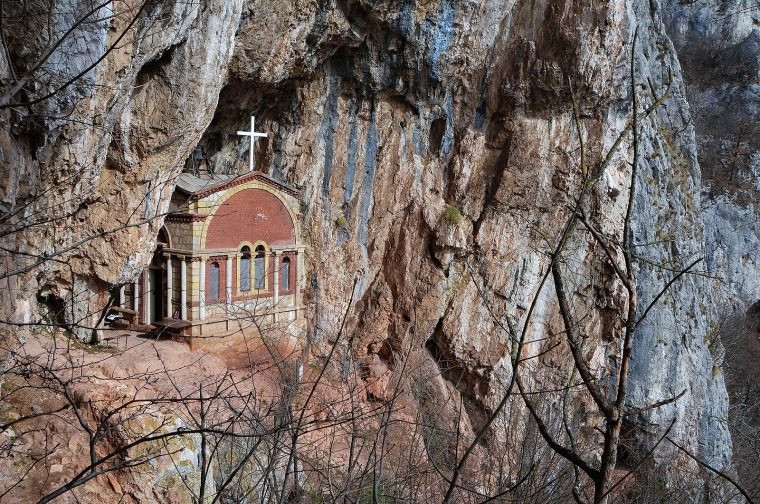Bells of the small, modest, rustic Karadjordje’s Church, along with one of the most beautiful iconostas done in xylography, were the first to resonate with the sounds of the Serbian liberation from the centuries-long Turkish slavery.
Next to its church, Karadjordje built an entire fortified city in the Oplenac’s foothills, of which today only remain the tower and Karadjordje’s church bell – silent witnesses of a lost city.
Once a fortified town, surrounded by a large rectangular walls and towers made of stones, now looks more like a spacious courtyard with the Karadjordje’s residence and his Church on Oplenac. The fighting spirit, the idea and the desire of people and its leader is what still makes this city strong and powerful. Old white stone out of which it was built, as well as the porch outlined with the arches gives this old edifice a special touch and warmth full of charm.
In the 1811, the residence had seven rooms, a dining room, and a room where the horse equipment was kept. It has been linked with the southwestern city tower, whose 5 feet thick walls had an impressive gun holes. Although he was not literate, Karadjordje above all respected the educated people, so it is perfectly understandable that he built a school in his capitol city. Along with the greater part of the town, the school has been demolished, and it is assumed that it was located in the Church’s yard.
The preserved part of the residence today offers visitors a unique opportunity to take a tour and enjoy in the objects, documents, relics and pictures from Karadjordje’s life, and experience for themselves an environment where Karadjordje had lived and worked. A special artifact of a priceless value is exhibited here – the famous Karadjordje’s cannon, which is named after the Turkish word aberdar, meaning: the messenger. Karadjordje used this cannon to inform his loyal subjects about important events. Today, the most interesting part is a story of why is the cannon missing its right handle. Namely, the handle was intentionally broken off the cannon, in order to forge a crown which in 1905 crowned King Peter I.
In addition to his residence, a special place is held in Karadjordje’s city for the Church of the Holy Mother, also called the Karadjordje’s Church. This single-nave Church built in the year of 1811 represents an epitome of the art, spirituality and tradition. Every detail in this church exudes with warmth and modesty, and its bells were the first ones that rang the sounds of a liberated Serbia. The crowning jewel of this church is a magnificent iconostas made in xylography, with the very imaginative interweaving ornaments and copies of medieval icons.
Karađorđe’s residence and his Church are historical monuments in a way, and represent the testimony to the turbulent events in the Topola’s area, but also they depict cultural and social landmarks, alluring in all their magnificent beauty and shy modesty.

